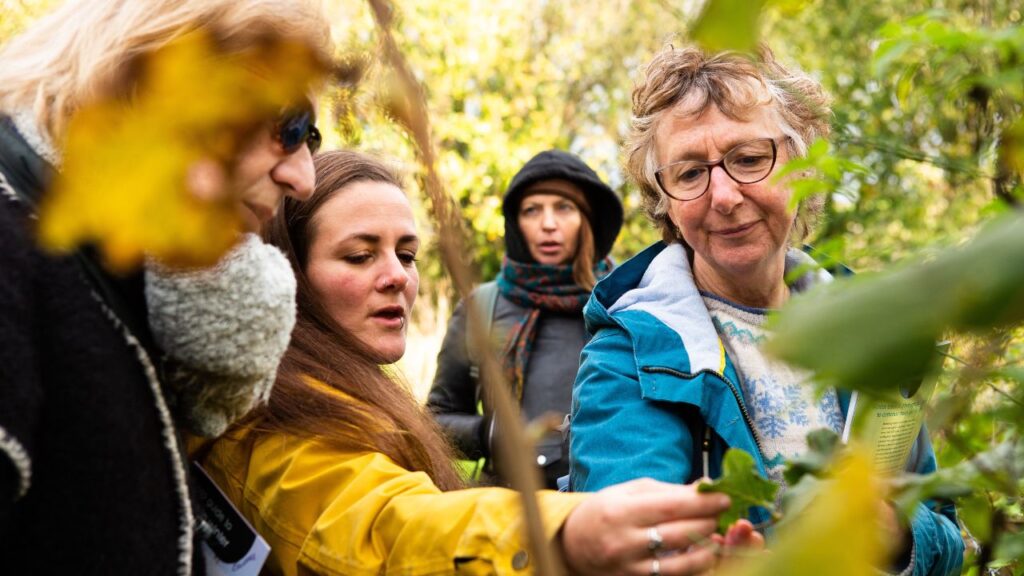Citizen scientists young and old have made a significant and important contribution to a new data set which will be used to track changes in UK biodiversity.
More than 3,700 individual submissions were made to the Signs of Spring Survey launched for the first time in 2024 by leading Shropshire environmental education charity the Field Studies Council in partnership with the Royal Society of Biology.
Amy Bandaranayake, the Field Studies Council’s digital learning officer, who led the project, said the citizen-collected data would hopefully be used by researchers to chart geographical changes in spring-time species as well as the impact of climate change.
She said: “The overwhelming response to this survey not only demonstrates the public’s growing curiosity in the natural world but it also shows that individuals are recognising the important contribution they can make to science-led studies.
“Citizen scientists have a vital role to play in helping organisations such as ours to capture big data sets which can be used over a period of time to chart important changes.
“We are particularly pleased with the results of the first ‘Signs of Spring Survey’ which asked the public to record the emergence of 10 springtime species such as snowdrops, daffodils and bumblebees.
“We have received a phenomenal response with more than 3,700 different submissions over the six-month period from January to June.
“We’ve had people of all ages take part in the survey from those younger than 15 to those in their mid 80s which just goes to show how widely engaged the UK public are in nature and the world around them.
“We’d like to say a huge thank you to all those that participated. Big data sets can give us a much better view of what is happening on a large scale than can otherwise be collected by a small group of scientists.”
In total 3,756 sightings of spring were recorded across the UK. The very first sightings recorded were daffodils near Monmouth in Wales and hazel catkins in Leatherhead, Surrey.
The sign of spring observed most frequently was snowdrops, with 1,160 records submitted, followed by daffodils, with 828 sightings.
Hazel catkins were the third most observed sign of spring, with 420 records, followed by bumblebees (409), bluebells (245), butterflies (221), ladybirds (193), first cut of the lawn (125), frog spawn (119) and damselflies/dragonflies (36).
Amy added: “The location data shows that, as expected, spring starts in the south and moves northwards but as it’s the first year we’ve run the survey we’re not yet able to make any definitive statements on what it tells us about the impact of climate change.
“However, it is expected that signs of spring will appear earlier and earlier as climate change continues to warm the earth. Increases in average temperatures can cause flowers to bloom earlier than expected and this will have a knock-on effect on pollinators such as bees and butterflies and can impact whole ecosystems.
“As we continue to build on this data with the results of future surveys, we will be able to monitor the impacts of climate change on the environment and individual species more clearly.”
Susie Rabin, RSB’s Associate Director of Communications and Public Affairs, said: “We are so pleased that so many people took part in the Signs of Spring survey.
“It’s encouraging to know that the public has a strong interest in getting involved and their contribution is invaluable. Snowdrops, in particular, are such an iconic sign of spring so it was great to see over 1,000 people reporting spotting them. We’re looking forward to running the survey again next year and the results it will bring.”
CAPTION: People taking part in the survey, organised by the Field Studies Council, based at Montford Bridge, near Shrewsbury.






